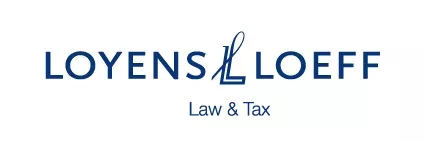- within Tax topic(s)
- within Privacy, Consumer Protection and Environment topic(s)
The preferred fund vehicle for US fund managers (𝐔𝐒𝐅𝐌𝐬) raising capital in the EU is usually a Luxembourg special limited partnership (𝐒𝐂𝐒𝐩) qualifying as an alternative investment fund. An SCSp is transparent for Luxembourg corporate income tax (𝐂𝐈𝐓) purposes and thus not subject to CIT, unless the Luxembourg reverse hybrid rules (𝐑𝐇 𝐑𝐮𝐥𝐞𝐬) apply. This Snippet discussed the RH Rules.
Application: The 'investor' to be considered when applying the RH Rules should be the first individual or entity (when looking up the chain) that is tax opaque from a Luxembourg tax perspective (e.g. a limited partnership is typically looked through for that purpose). In a nutshell, an investor is 'associated' if it holds at least 50% of the SCSp's capital, voting rights or profit entitlement. It is rarely the case that an investor holds 50% on a stand-alone basis, but investors that 'act together' (e.g., managed by the same person) are aggregated for the 50% test. Less-than-10% investors are deemed not to be 'associated' and tax-exempt investors should not be Bad Investors.
Tax Impact: If the RH Rules apply, 18.19% CIT is due on the SCSp's profit that is not taxed elsewhere. This generally includes income allocable to Bad Investors.
Monitoring Investor Base: USFMs must closely monitor the investor base to avoid triggering the RH Rules and to provide comfort to incoming good investors that the RH Rules are monitored. This includes during structuring, fundraising and secondary transactions.
Subscription documents: It's now market practice to require prospective investors in Luxembourg funds to provide information as part of the subscription documents that allows such monitoring (for details, see our prior NY office Snippet on that topic: https://lawand.tax/48T9zZI).
LPA: The LPA typically grants discretion to the general partner to allocate any CIT resulting from the RH Rules to the Bad Investor(s) that cause(s) it. This necessitates thorough due diligence and clear communication with investors.
Risk Management: Because it's damaging if the RH Rules apply, USFMs often use a cautious approach when it comes to interpreting certain unclear concepts that are used RH Rules.
Practical experience: We experience in practice that SCSps with a diversified investor base are generally not caught by the RH Rules due to the less-than-10% stake held by each investor, the investor's tax-exempt status and/or the tax transparent treatment of the SCSp in the investor's jurisdiction.
The content of this article is intended to provide a general guide to the subject matter. Specialist advice should be sought about your specific circumstances.



